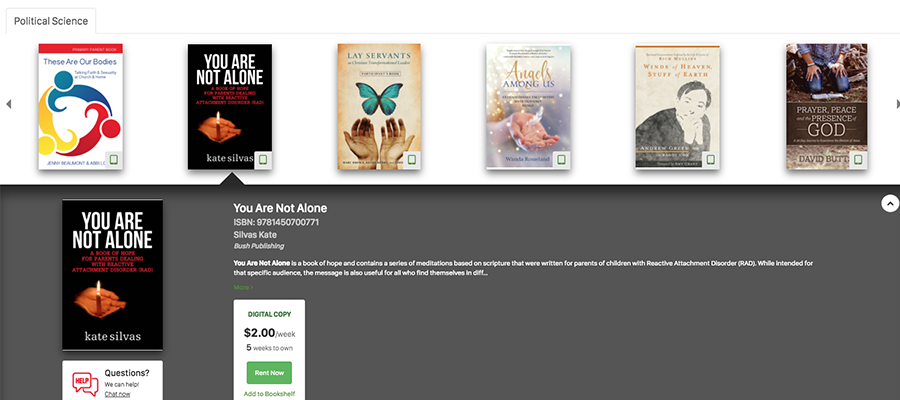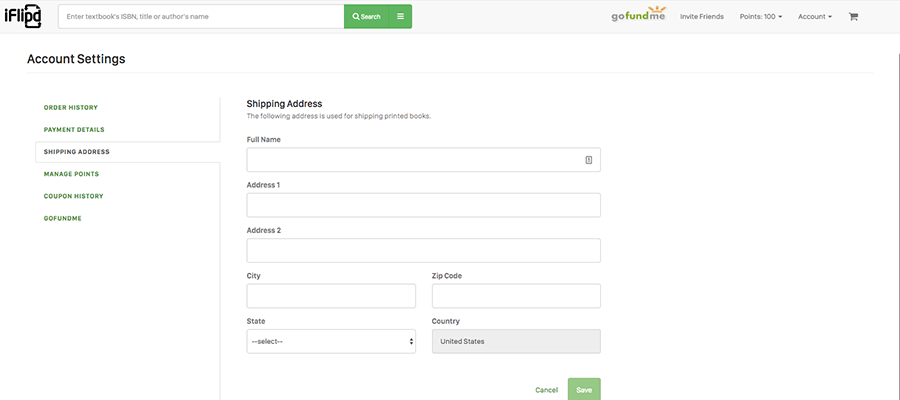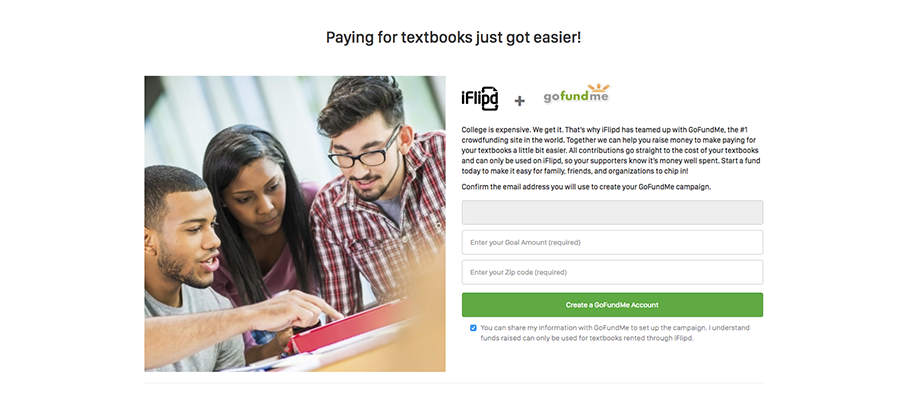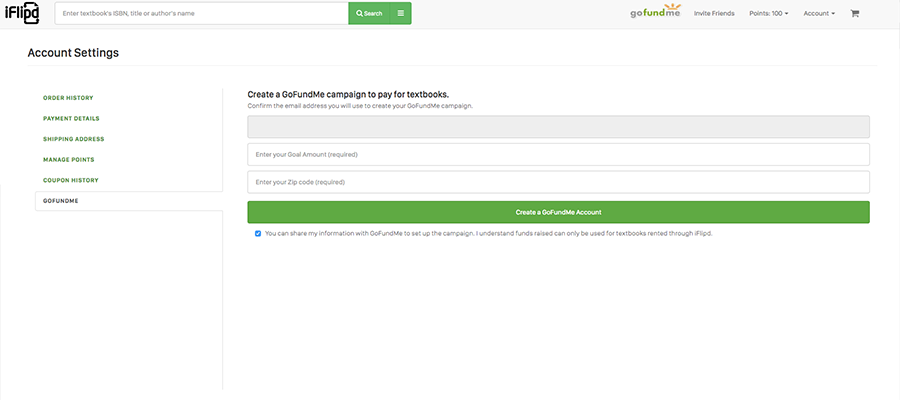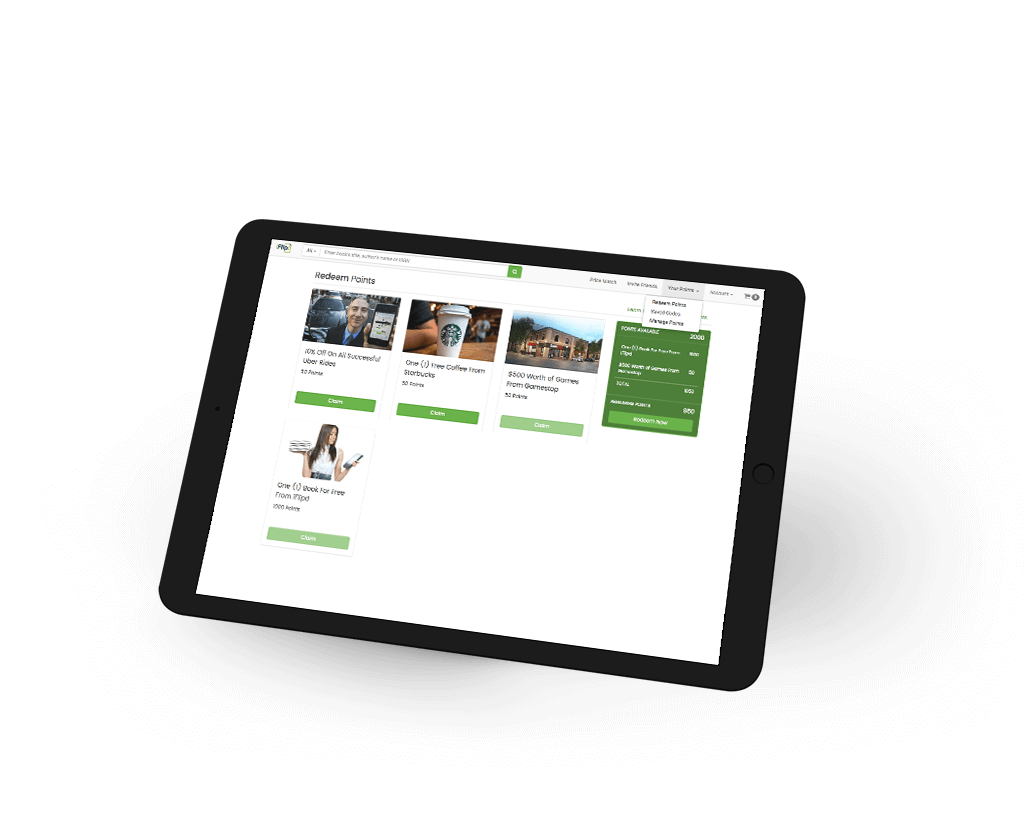
iFlipd
iFlipd is an iOS app that allows users to rent ebooks on a weekly basis, without a subscription, for only $2 per week, per book. If a user downloads a book and doesn’t enjoy it, or finishes it before the week time limit is up, they can simply ‘flip’ the book back out and earn the remaining time as free days with another book. Another user can then download that book for the remainder of its availability for a discounted rate of only $1.
Project Overview
When we partnered with iFlipd, they had just come off a horrible experience with a development company on the East Coast. They had burned through months of funding with only minimally functional code and had a disaster of a back-end to show for it. Our primary focus was to get them back on their feet, re-build confidence in the development process, and launch a functioning app on the Apple Store.
Key Services Provided

Amazon Web Services (EC2) Administration

UI/UX Design
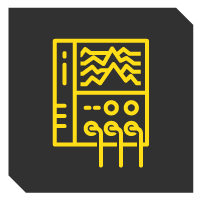
Web Development

Project Management
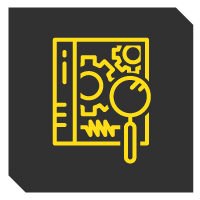
Quality Assurance
Our Approach
Reworked the backend to provide a solid, secure platform.
Built custom APIs to deliver the encrypted books to the user application.
Built custom APIs to process the rental process, including payment via credit card, ‘flipping’, and expiration.
Refactored the database to eliminate redundancy and errors.
Centralized all API calls to streamline future development process.
Updated and corrected the existing codebase to increase functionality and eliminate errors.
Designed and implemented user facing website.
Updated design and UI for application
Highlights
- Met all of our sprint objectives and stayed on budget.
- Had awesome daily video stand-up meetings with the CTO in New York, COO in Portland, developers in the West Coast, Project Manager in Colorado and a development team in the Philippines.
- Full buy-in and participation with central communication tools.
Challenges
- Legacy code that would cascade problems. For every issue resolved, three more would be created. A balance had to be struck between fixing core functionalities and minimizing release time. Certain problems simply had to be patched and left for a later iteration.
- Many stakeholders, many time-zones. Our team had to be flexible to make meetings with the stakeholders possible. By maintaining constant communication through our project collaboration system and regular video conferences, we were able to keep all of the major stakeholders informed and engaged, decreasing delays and anxiety and increasing productivity.

